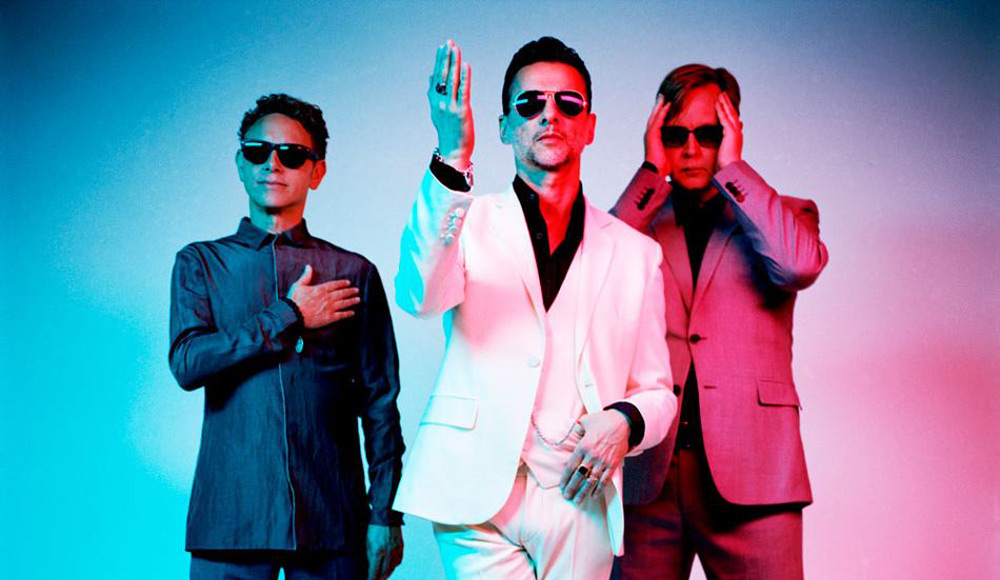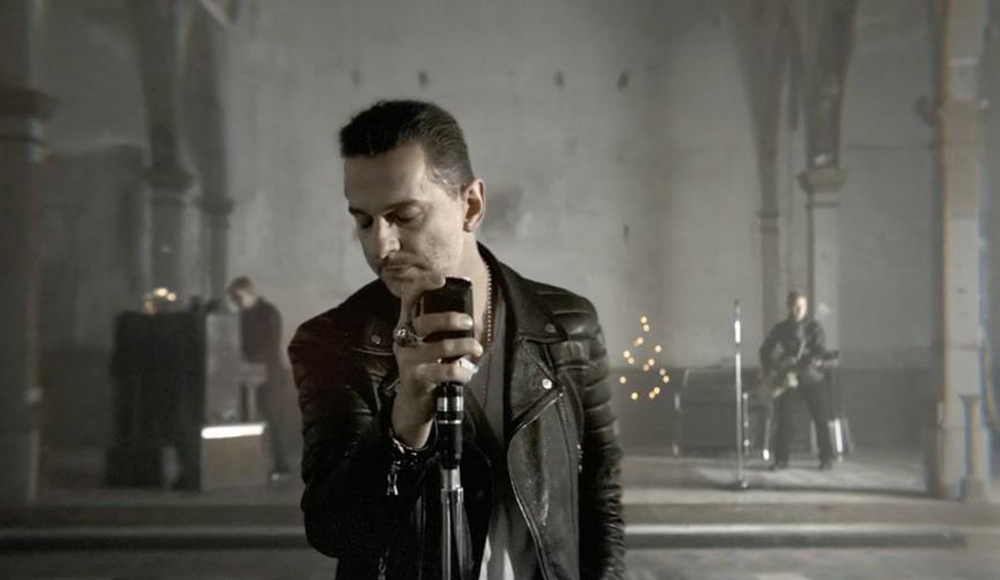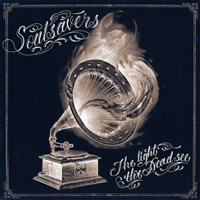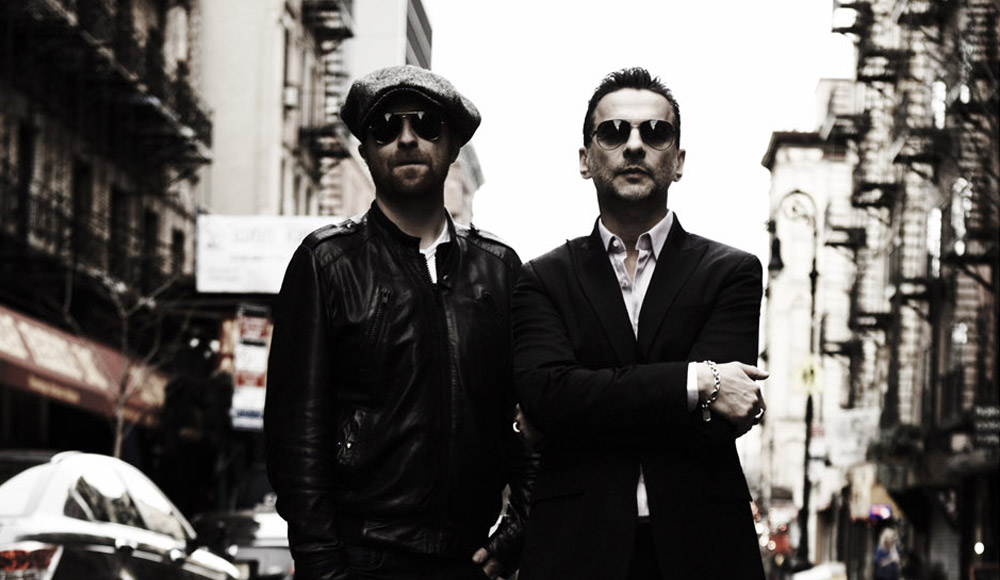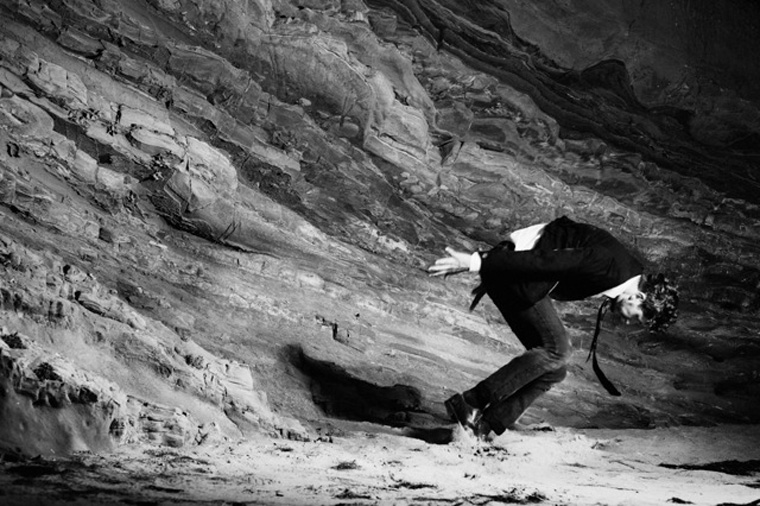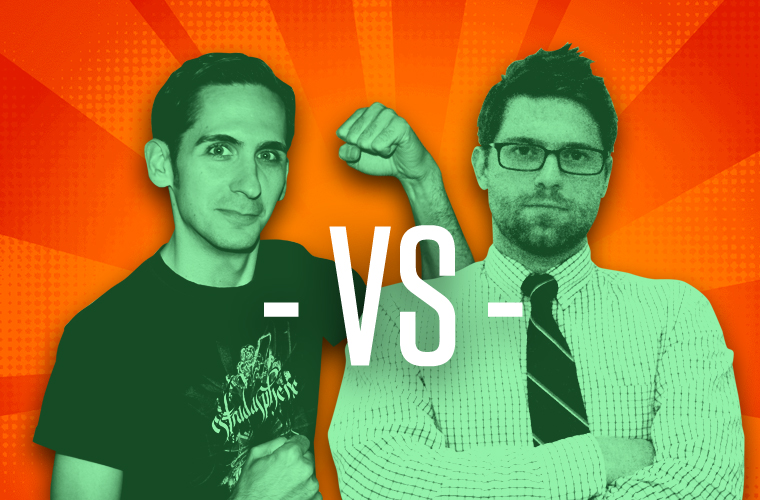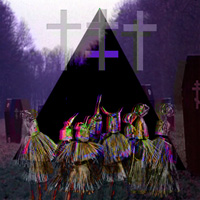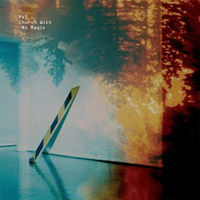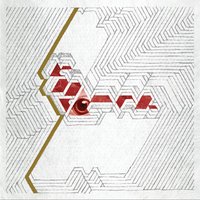 Boom Bip: Zig Zaj (Lex, 9/27/11)
Boom Bip: Zig Zaj (Lex, 9/27/11)
Boom Bip: “All Hands”
[audio:https://alarm-magazine.com/wp-content/uploads/2011/09/Boom_Bip_All_Hands.mp3|titles=Boom Bip: “All Hands”]
Ever since his loop-based beginnings, Bryan Charles Hollan — known better as experimental hip-hop artist Boom Bip — has been on the search for his optimal live-band incarnation. He seems to have found it.
In 2002, Seed to Sun demonstrated Hollan’s ability to make compelling organic and instrumental hip hop. On his recordings since that time, nearly everything has been performed by hand, and the results have been admirable — but nothing has clicked quite like his newest effort, Zig Zaj.
Now Hollan is armed with a permanent live band, consisting of Josh Klinghoffer (Red Hot Chili Peppers), Eric Gardner (Gnarls Barkley, Charlotte Gainsbourg), and Josiah Steinbrick. Their chemistry is immediately evident on Zig Zaj, which also sports standout guest spots from Alex Kapranos of Franz Ferdinand (for one very Depeche Mode track), Money Mark, Luke Steele (Empire of the Sun), Cate Le Bon, and Mikey Noyce (Bon Iver).
Partly because of the guests, the new material takes a poppier and more rock-driven direction. But there’s still plenty of the old Bip underneath, as synths and electronics commingle with the bass grooves and delicate acoustic riffs. ALARM caught up with Hollan to find out more about the evolution of his band and what projects he has in the works.
Tell us about the evolution of the live band. How has that affected or led to what we’re hearing on Zig Zaj?
The evolution of the live band has been like creating a new breed of dog. I’ve constantly been trying to fine-tune it to something enjoyable for me. This time, though, I got it right. The current live band is fantastic. With Zig Zaj, I certainly had the live show in mind when constructing the tracks. As a result, intensity became part of the equation, and you can hear that in the tone of the songs.
Coming out of the collaboration with Gruff Rhys of Super Furry Animals (as Neon Neon), what made you decide to scale back the dance elements for the new album?
The Boom Bip albums have always been more about the moment and trying to not have any limitations or concern for genre. I just let whatever comes out come out. I don’t really think, “What genre does this fit into and what bin will this sit in at the record store?” Although it has become a game for me to see where it is placed. I’ve seen my album in everything from rap to avant-garde.
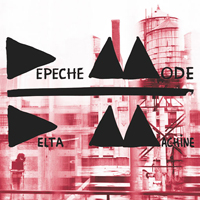 Depeche Mode: Delta Machine (Columbia, 3/26/13)
Depeche Mode: Delta Machine (Columbia, 3/26/13)

